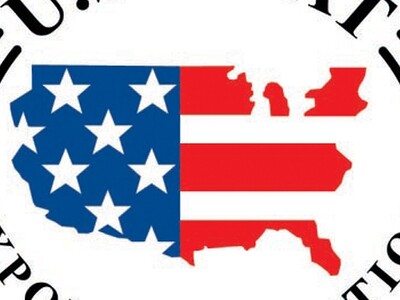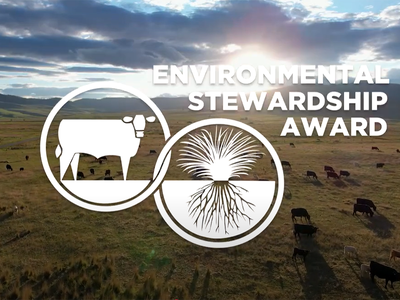H-2A and Corona
H-2A Program Demand Strong, Despite COVID-19. Recently released H-2A program data reveals some interesting impacts of the global COVID-19 pandemic. For the first time since the Department of Labor began reporting quarterly data in 2013, the number of certified positions declined in the fourth quarter (July 1 – Sept. 30) of the fiscal year 2020. However, the number of certified positions in the first quarter of the fiscal year 2020 (Oct. 1 – Dec. 31) climbed by nearly 20%, suggesting that while the pandemic has shifted the pattern of worker arrivals, it has not suppressed the overall upward trajectory of the program.Generally, the H-2A program is discussed on a fiscal year basis (October – September). However, we can all agree that the calendar year 2020 was a beast all its own, giving us a reason to look at H-2A data through a calendar year lens. We’ll start by looking at the fiscal year though, given that it is the primary basis for comparison.
Fiscal Year Basis
Overall, usage of the program in the fiscal year 2020 (Oct. 1, 2019 – Sept. 30, 2020) continued its steady upward march. More than 275,000 H-2A positions were certified in fiscal year 2020, up 6.5% from fiscal year 2019. This was the eighth consecutive year that usage of the H-2A program set a record. As shown in Figure 1, program growth in fiscal year 2020 started off strong and then petered out as the year -- and the COVID-19 pandemic -- wore on.

















